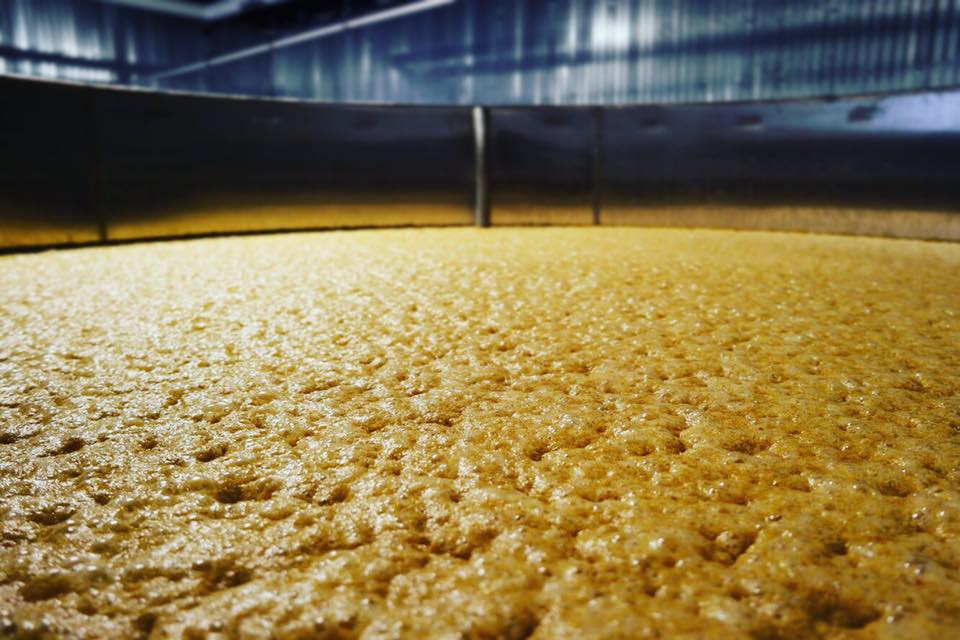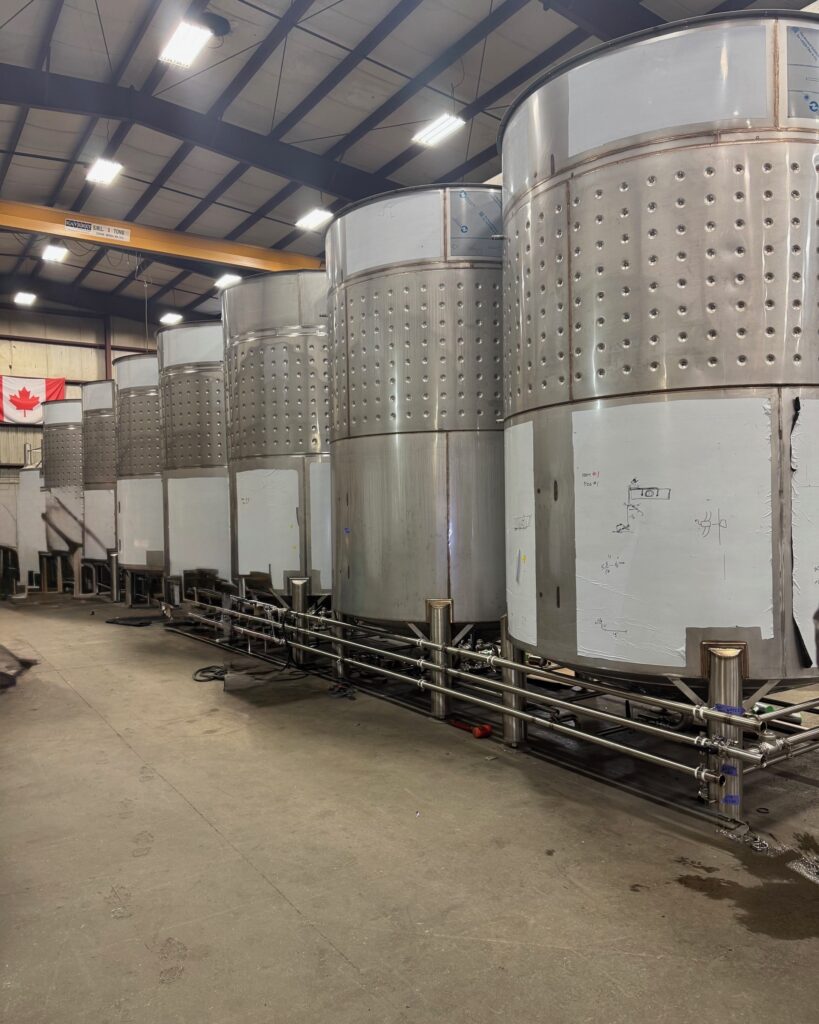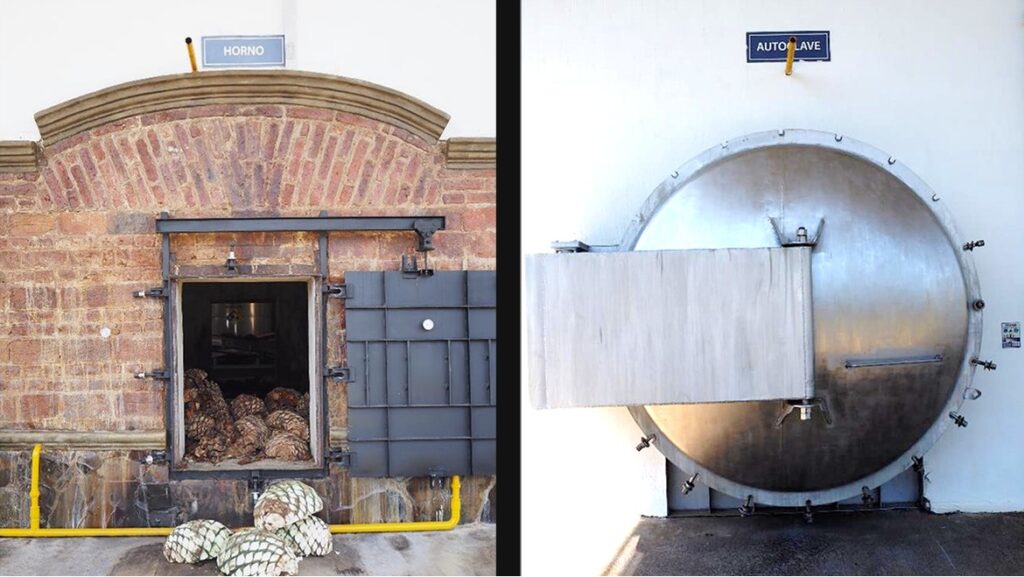Sour mashing is a foundational technique in whiskey production, particularly in bourbon and Tennessee whiskey. While the term may sound like it refers to a particular flavor, sour mashing is less about taste and more about consistency, process control, and microbial management. Distillers—both craft and commercial—rely on sour mash techniques to stabilize the mash, maintain predictable fermentation, and produce high-quality, repeatable spirits.
This article breaks down how sour mashing works, why it matters, and what equipment distilleries need to perform it effectively.
What Is Sour Mashing?
Sour mashing involves incorporating a portion of spent mash—called backset—from a previous distillation run back into the next mash. This backset is typically 15–30% of the total mash volume and contains organic acids, yeast nutrients, and minerals that help regulate the pH of the mash.
Key Purposes of Sour Mashing
- pH Control: Backset naturally lowers the mash pH to the ideal fermentation range (5.0–5.4), suppressing unwanted bacteria and promoting healthy yeast activity.
- Batch Consistency: By carrying over material from one batch to the next, distillers maintain consistent flavor, aroma, and yield.
- Flavor Development: Although subtle, the controlled acidity can contribute to a more balanced final spirit.
- Process Stability: Lower pH reduces bacterial contamination, making fermentation more predictable.
How Sour Mashing Works
1. Collecting Backset
After distillation, the spent stillage is removed from the still, and a portion is set aside as backset, which will be used in the next mash. The Backset is acidic (pH 3.2–5.0) and contains residual nutrients which are beneficial to the yeast to be used in the next mash fermentation.
2. Mixing Backset into the Next Mash
Once the grains and water begin to mix in the mash tun (cooker), the hot backset is added. This helps:
- adjust mash temperature
- lower mash pH
- enhance starch conversion efficiency
3. Fermentation Management
The controlled acidity carried over from the backset helps yeast thrive while inhibiting bacteria such as Lactobacillus.
Proper yeast selection and pitching rates are important because the acidic environment can be more challenging for some strains.
4. Batch-to-Batch Continuity
Repeating the cycle ensures a consistent microbiological ecosystem. This contributes to the signature profile of many heritage whiskey brands.
Equipment Considerations for Sour Mashing
Effective sour mashing requires equipment capable of handling higher acidity, elevated temperatures, and process complexity. Here are the key components distilleries should consider:
1. Mash Tun
A high-quality mash tun must withstand the thermal and acidic nature of sour mash cycles.
Ideal mash tun features:
- Stainless steel construction (304 or 316) to prevent corrosion from acidic backset
- Steam heating for achieving and maintaining temperature control
- Agitator to thoroughly mix both the backset and the mash
- Insulation to stabilize temperature during mashing and conversion
- CIP (Clean-in-Place) systems for sanitary, repeatable cleaning
- Cooling system to enable pitching of enzymes and yeast at proper temperatures
2. Backset Storage Tanks
Since backset is produced hot, tanks must be equipped to handle high temperatures safely.
Recommended features:
- Stainless steel construction (304 or 316) to prevent corrosion from acidic backset
- Insulation to maintain heat
- Pumping systems capable of handling viscous or particulate-rich hot liquids
- Level sensors to monitor available backset for each batch
- Integrated CIP systems for sanitary, repeatable cleaning
Some distilleries cool backset before use, while others prefer to use it hot to assist with cooking. Tank design depends on process preference.
3. Pumps and Transfer Systems
Backset is acidic and may contain solids, so pump selection is crucial.
Pump considerations:
- High-temperature tolerance
- Acid-resistant materials
- Gentle flow options to prevent foaming and aeration
- Variable-frequency drives (VFDs) for fine control
Lobe, centrifugal, and progressive cavity pumps are all commonly used depending on solids content.
4. Fermentation Tanks
Sour mash fermentation requires vessels that can maintain a stable, slightly acidic environment.
Ideal tank features:
- 304 stainless steel construction
- Cooling jackets or coils for temperature control
- Integrated CIP systems for sanitary, repeatable cleaning
- Options for open or closed fermentation depending on product style
- Precisely sized blow-off or venting systems to handle CO₂ production
- Agitators to gently mix both the fermenting mash
Open-top fermenters are traditional in many American whiskey distilleries, especially when working with sour mash.
5. pH Monitoring and Automation
Since the core benefit of sour mashing is pH control, accurate monitoring is essential.
Recommended tools:
- Inline pH sensors integrated with mash and fermentation controls
- Automated logging for quality assurance tracking
- Handheld meters for spot-checks
- Process automation that prevents pH drift between batches
Automation is especially valuable when running consistent sour mash cycles across multiple fermenters.
Conclusion
Sour mashing is a time-tested method that ensures consistency and quality in spirit production. While the technique itself is straightforward, executing it well requires reliable, well-designed equipment capable of managing heat, acidity, and batch-to-batch continuity.
Distilleries that invest in proper mash tuns, backset storage, pumps, and fermentation equipment can unlock the full benefits of sour mash processing—creating spirits with predictable, repeatable character and improved efficiency.




